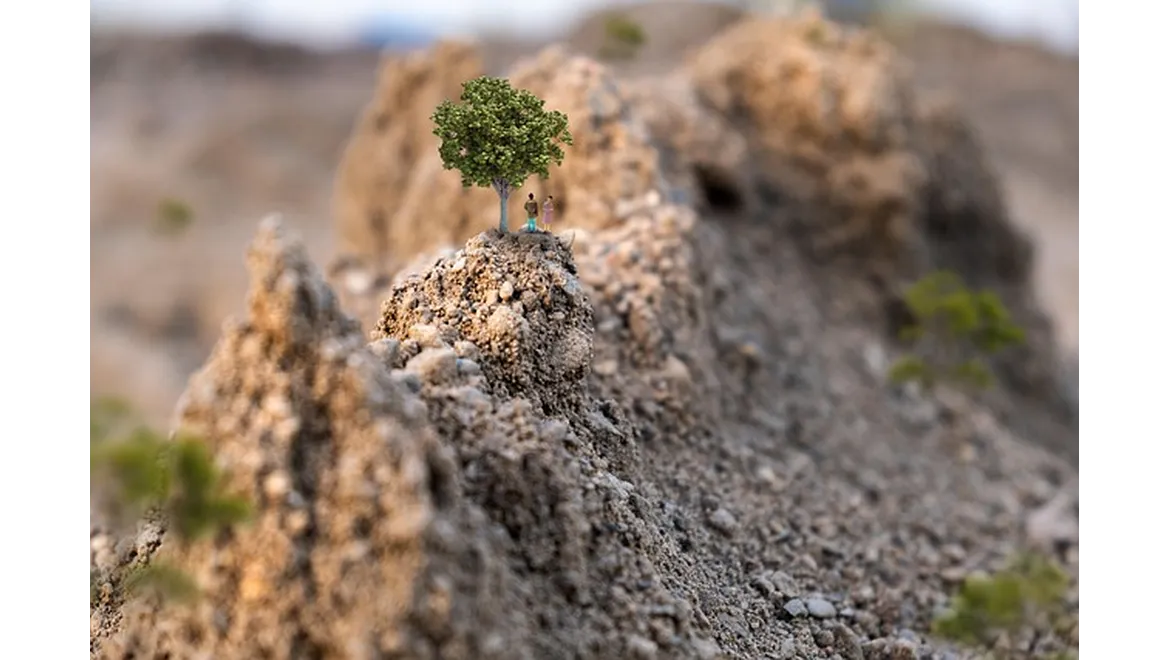Right, let’s talk rock gardens! As a keen UK gardener, I’m always on the lookout for ways to add unique features to my outdoor space. I stumbled across ‘Rock Garden Retreat: Designing a Miniature Mountain Landscape in Your UK Garden’ and thought, “Why not bring the Alps to my back garden?” Okay, maybe not the actual Alps, but a miniature version sounded rather appealing. The article really spoke to my desire to create something visually stunning and, crucially, suited to our sometimes-challenging British climate. It also fits perfectly into the broader theme of making the most of our gardens here in the UK, from clever landscaping to choosing the right plants – and even dreaming of an orangery!
The first hurdle? Choosing the right rocks. The article stressed the importance of using local stone, which makes perfect sense. Not only does it blend in with the existing landscape, but it’s also more likely to be weathered and look natural. I decided on some weathered limestone from a local quarry – it had that lovely rugged texture I was after. The guide suggested arranging the rocks in a way that mimics natural stratification, layering them so the strata run in the same direction. This creates a much more authentic mountain effect than just randomly piling them up. Think about larger rocks as the base, with smaller ones cascading down. I spent a good afternoon just moving rocks around, trying different configurations until I felt I’d captured the essence of a miniature crag.
Next up: soil. This is where the ‘Choosing the Right Plants for Specific UK Garden Conditions’ element of the article really came into play. Alpine plants, the typical inhabitants of rock gardens, need well-draining soil. Waterlogged roots are a death sentence! The guide recommended a mix of equal parts grit, sharp sand, and good quality compost. This provides the drainage they need while still offering some nutrients. I dug out the area, creating a slight slope for drainage, and lined it with landscape fabric to prevent weeds from creeping in. Then, I carefully filled in the gaps between the rocks with my prepared soil mix. This is where the fun really started!
Now for the stars of the show: the plants! The article offered a fantastic list of alpine plants that thrive in UK rock gardens. I wanted a mix of textures and colours that would bloom at different times of the year to keep the garden interesting. I opted for things like Aubrieta, which provides a lovely carpet of purple flowers in spring, Sedum for its fleshy leaves and late-summer blooms, and some Sempervivum (houseleeks) for their fascinating rosette shapes. The article wisely advises considering sunlight, shade, and wind exposure when choosing plants. My garden gets a decent amount of sun, but is also exposed to some pretty strong winds. Therefore, I prioritised plants that are both drought-tolerant and wind-resistant. I also included a couple of small, slow-growing conifers to add some height and structure.
Planting was a delicate process. I carefully teased out the roots of each plant and placed them in the soil pockets between the rocks, making sure they were firmly planted but not too deep. The article suggested adding a top dressing of gravel around the plants. This not only looks aesthetically pleasing, mimicking the scree slopes of a real mountain, but also helps to keep the soil cool and moist and prevents weeds from germinating. I used a light-coloured gravel to contrast with the green foliage of the plants.
Maintenance is key. I regularly weeded (though the gravel top dressing helped a lot!), removed any dead leaves, and occasionally gave the plants a light feed with a liquid fertiliser specifically designed for alpines. I also made sure to keep an eye on drainage, ensuring that water wasn’t pooling anywhere. I’ve found that a little bit of time spent tending to the rock garden each week keeps it looking its best.
So, what did I learn? Creating a rock garden is all about understanding the specific needs of the plants and mimicking their natural environment as closely as possible. Choosing the right rocks, preparing a well-draining soil mix, and selecting plants that are suited to the UK climate are crucial. And, like any garden project, it’s a journey of experimentation and learning. The ‘Rock Garden Retreat’ article was an invaluable guide, providing the knowledge and inspiration I needed to transform a small corner of my garden into a miniature mountain landscape. Now, perhaps an orangery is next on the list – somewhere to admire my alpine creation from even on the dreariest of days!


